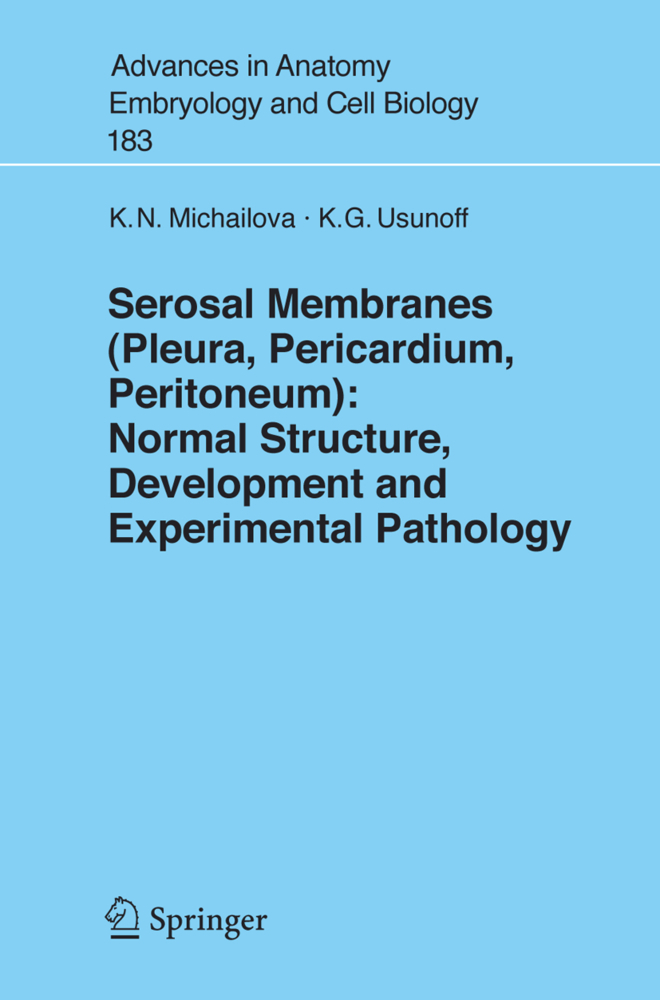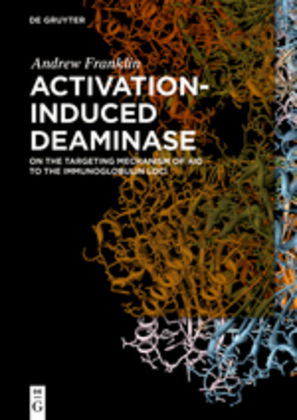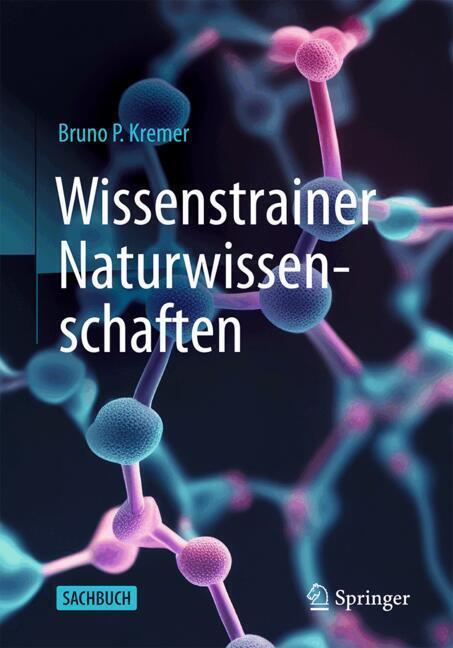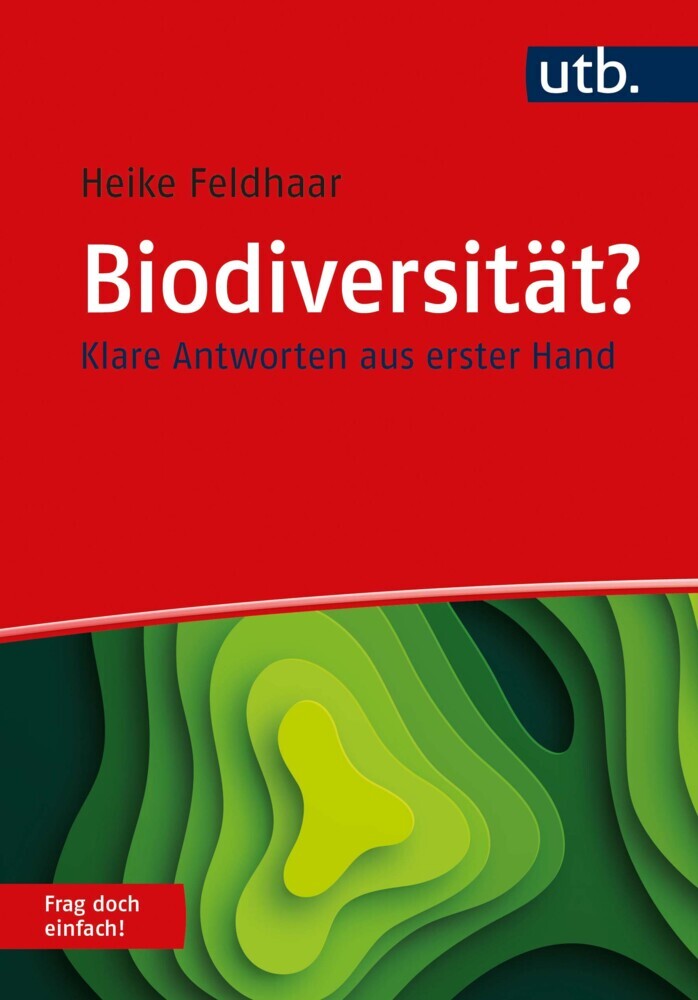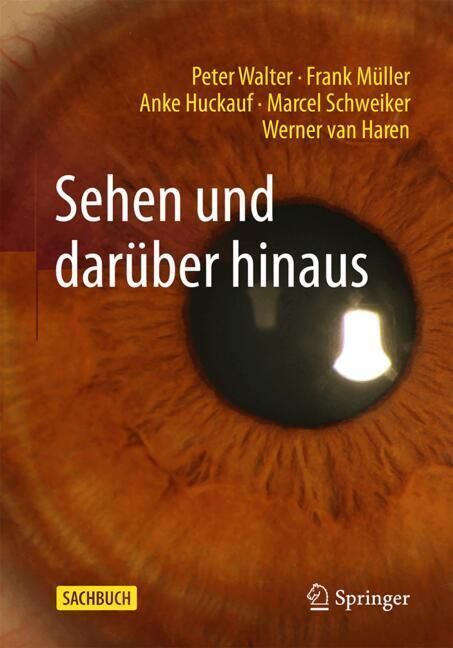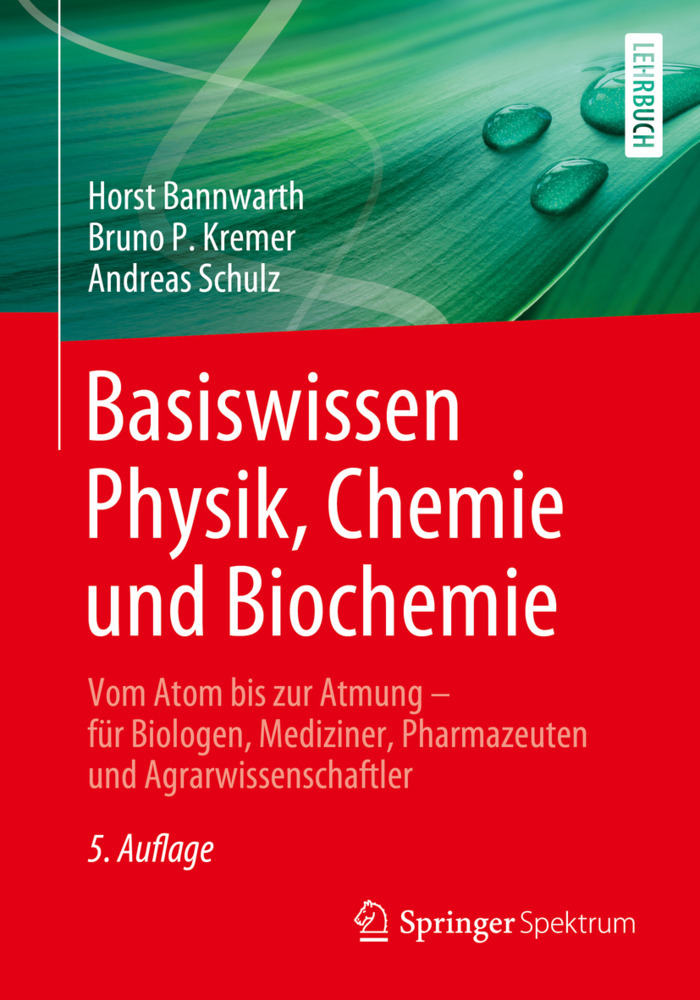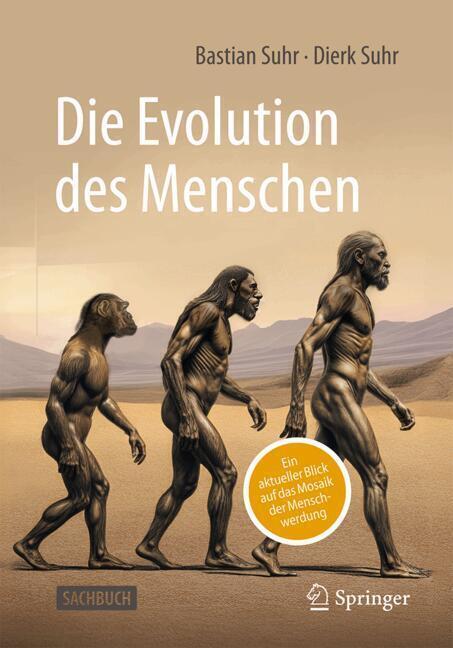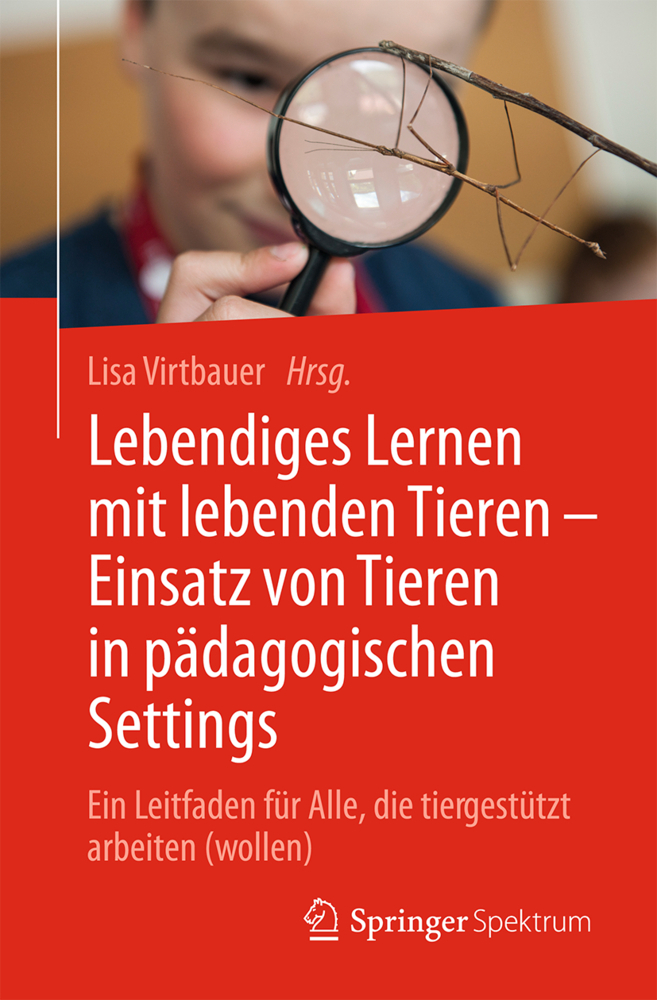Serosal Membranes (Pleura, Pericardium, Peritoneum)
General Remarks. Main Functions of the Serosal Membranes
Common Organization of the Pleura, Peritoneum and Pericardium
Mesothelial Cells. Surface Membrane Specializations
Stomata
Milky Spots
Transport Across the Serosal Membranes
Secretory Functions of the Mesothelium with Special Reference to Fibrinolysis
Healing and Regeneration. Serosal Adhesions
Response to Inflammation
Effects of Peritoneal Dialysis
Material and Methods
Material (A) Animals (B) Human
Methods
Results
General Organization of the Human and Animal Serosal Membranes
Development of the Pleura
Horseradish Peroxidase Transfer Across the Serosal Membranes
The Injured Serosal Membranes and Their Response
Discussion
Normal Structure of the Serosal Membranes
Prenatal and Postnatal Development of the Pleura
Transport across the Serosal Membranes
Injured Serosal Membranes and Their Recovery
Summary
References
Subject Index.
Michailova, Krassimira N.
Usunoff, Kamen G.
| ISBN | 978-3-540-28044-6 |
|---|---|
| Artikelnummer | 9783540280446 |
| Medientyp | Buch |
| Copyrightjahr | 2005 |
| Verlag | Springer, Berlin |
| Umfang | VIII, 144 Seiten |
| Abbildungen | VIII, 144 p. 36 illus. |
| Sprache | Englisch |

